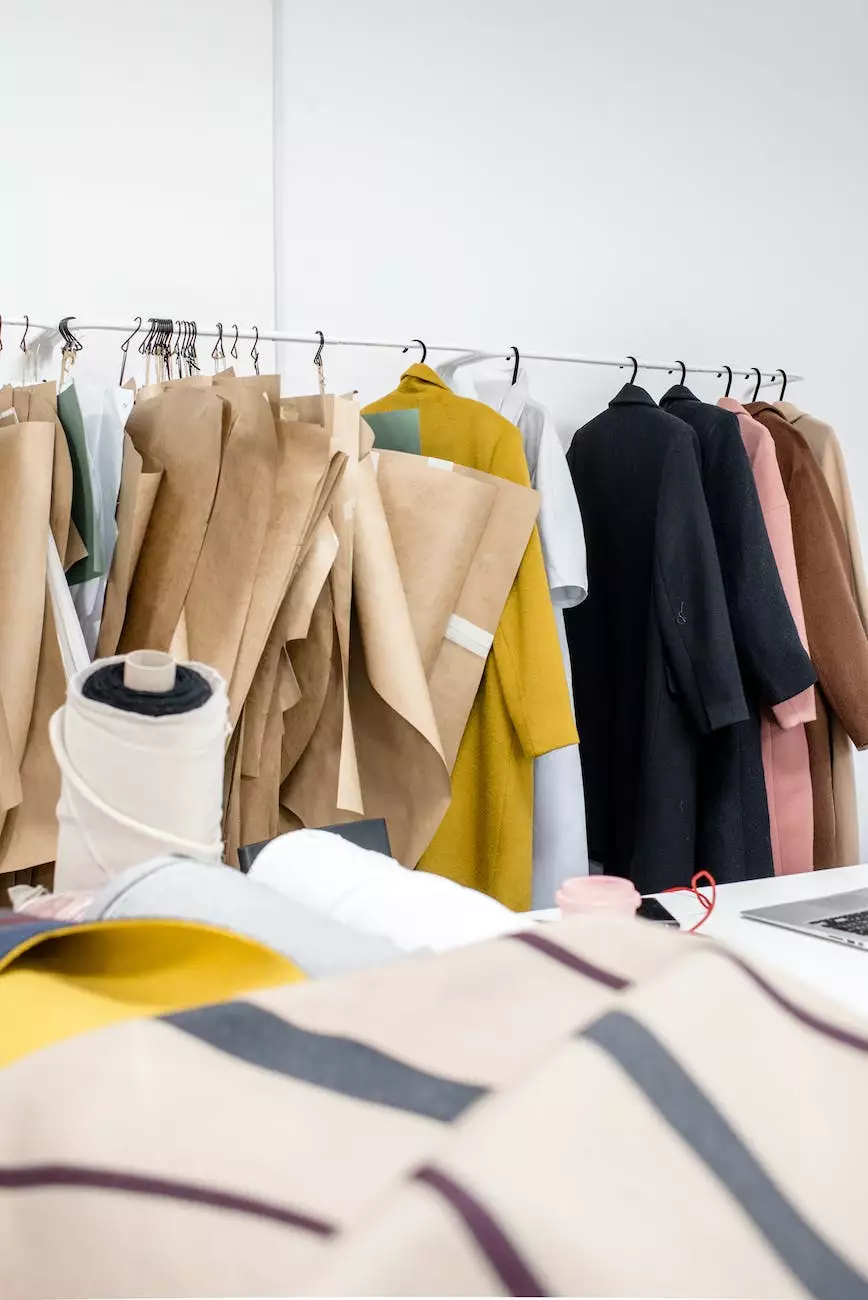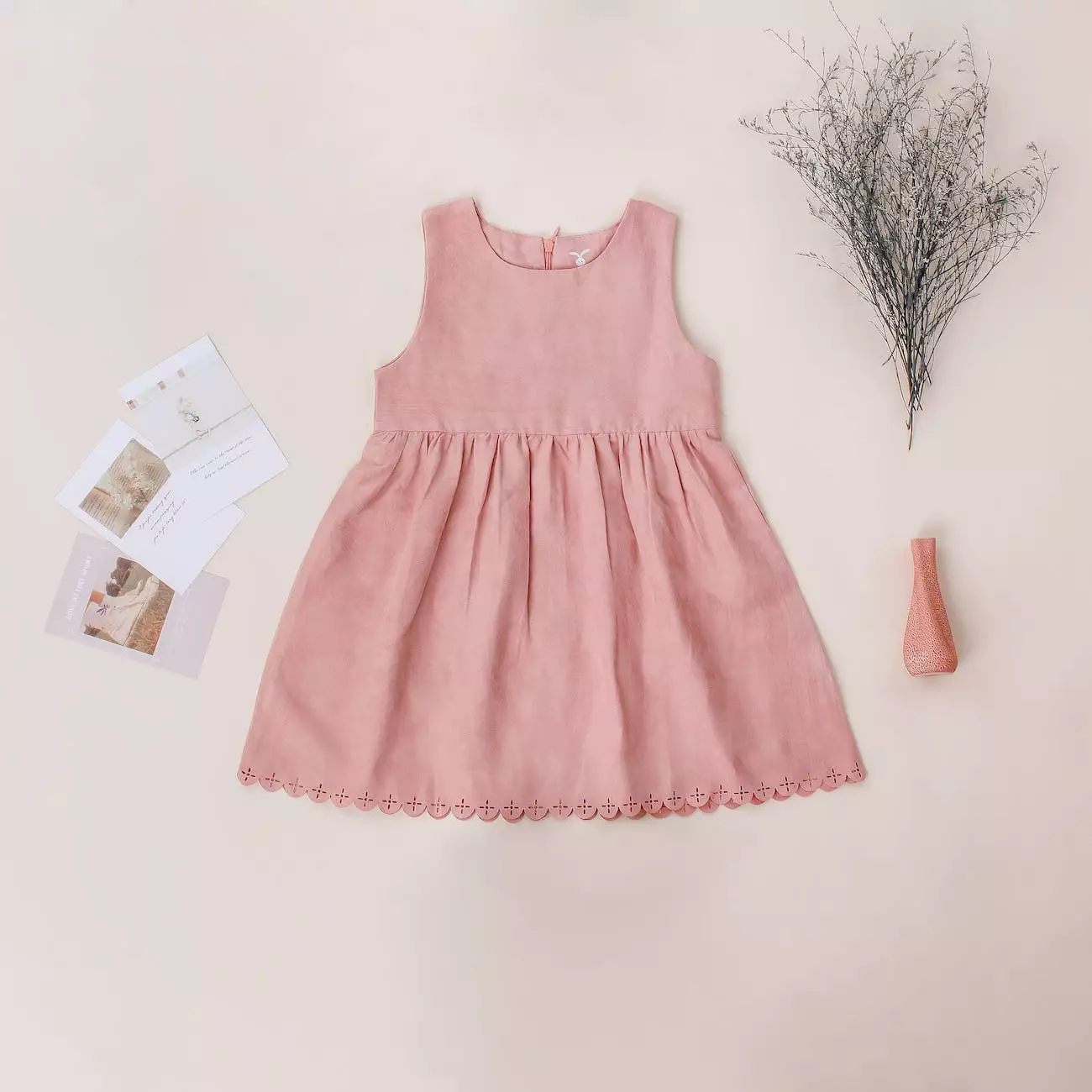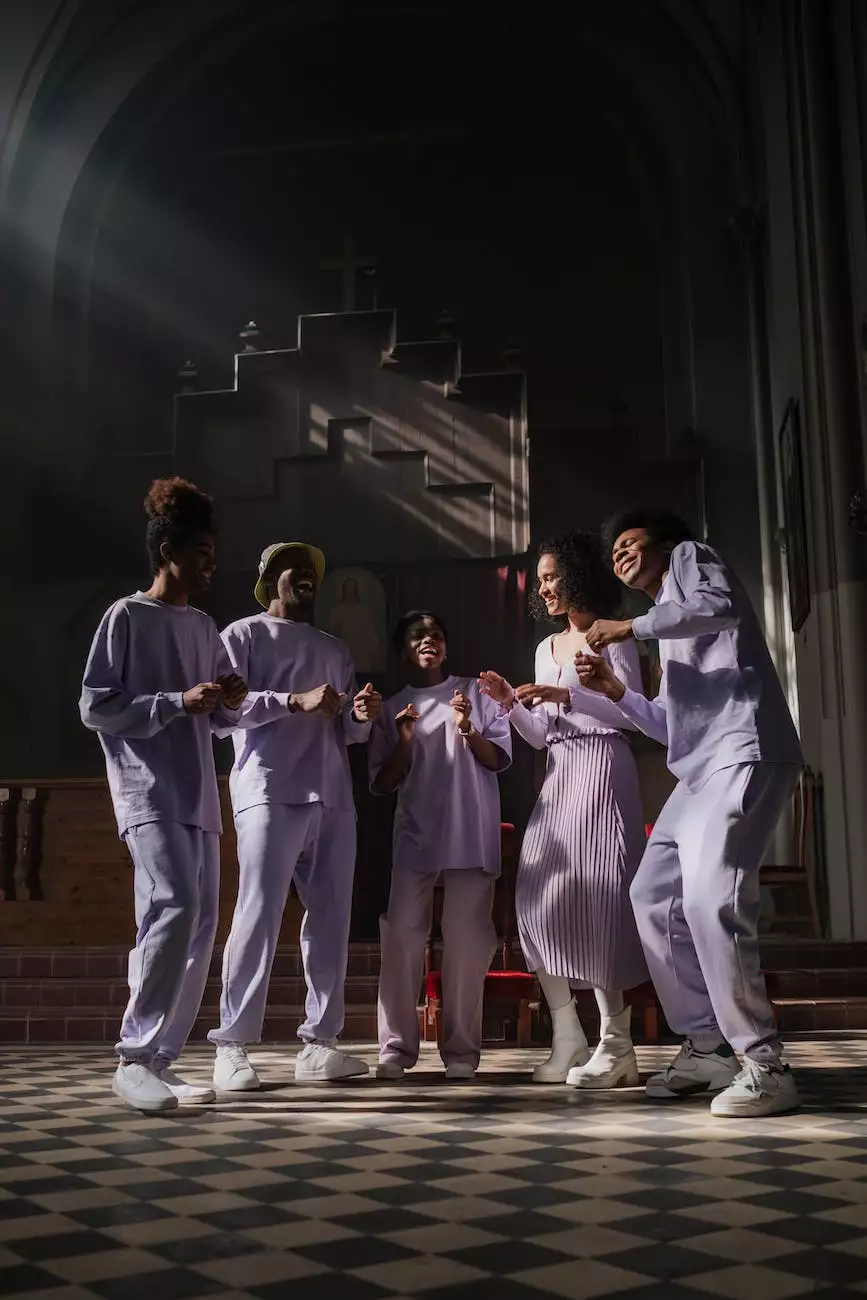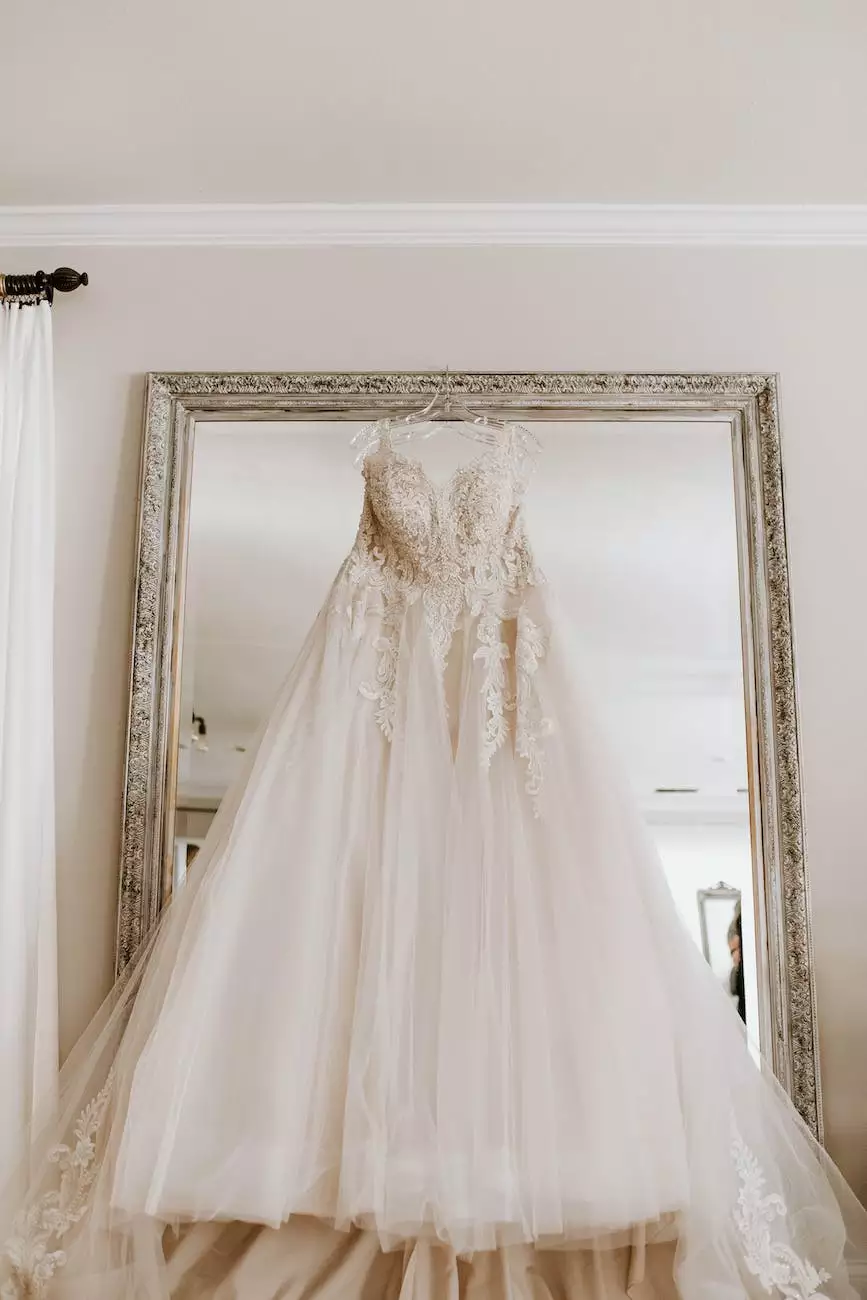Dress for the Job
Pastoral Care
Overview
Welcome to the Dress for the Job page of Grace Baptist Church. In today's professional world, dressing appropriately can make a significant impact on your career success. Your attire speaks volumes about your personality, professionalism, and attention to detail. Whether you're starting a new job or aiming for a promotion, understanding how to dress for different job settings is crucial. Join us for insightful discussions and practical tips to help you make a positive first impression.
The Importance of Dressing Professionally
In the business world, first impressions matter. Your appearance can shape how others perceive your competence, credibility, and trustworthiness. Dressing professionally not only shows respect for your employer and clients, but it also boosts your self-confidence and enhances your overall performance. Remember, your clothing is a reflection of your personal brand.
Creating a Professional Wardrobe
Building a professional wardrobe requires careful consideration of the industry, company culture, and position. Different work environments have varying dress codes, ranging from formal business attire to casual dress. Here are some key tips to help you create a wardrobe that aligns with your professional goals:
Research Your Company's Dress Code
Before starting a new job, research your company's dress code policy. Review the employee handbook or ask HR for specific guidelines. Understanding what is acceptable in your workplace will help you tailor your wardrobe accordingly.
Invest in Quality Basic Pieces
Invest in foundational pieces that can be mixed and matched to create different outfits. A well-fitting suit, tailored trousers, blouses or shirts, and classic dresses can form the core of your professional wardrobe. Opt for quality materials that withstand regular wear.
Accessorize Appropriately
Accessories, such as ties, belts, scarves, and jewelry, are excellent ways to elevate your professional look. However, ensure they are tasteful and not too flashy, as they should enhance, not distract from, your overall appearance.
Pay Attention to Grooming
Personal grooming is just as important as your clothing choice. Keep your hair well-maintained, nails clean and trimmed, and facial hair neatly groomed. Attention to grooming details contributes to a polished and professional image.
Dressing for Various Work Settings
Let's explore how to dress professionally in different work settings:
Corporate Environment
In a corporate setting, such as finance or law, the dress code is often formal or business professional. Men should wear tailored suits, dress shirts, ties, and polished dress shoes. Women can opt for tailored suits, dresses, skirts, blouses, and closed-toe shoes. Avoid excessive accessories and keep a modest and polished appearance.
Creative Industries
In creative industries like advertising, fashion, or design, the dress code tends to be more casual or business casual. While you have more flexibility, it's still essential to project a professional image. Men can wear tailored trousers or chinos with button-down shirts and dress shoes. Women can opt for well-fitted dresses, blouses, skirts, or tailored pants paired with stylish shoes. Showcase your personal style while maintaining an air of professionalism.
Customer Service and Retail
When working in customer service or retail, it's important to represent the company's brand and maintain a friendly and approachable appearance. Men can wear dress pants or khakis with collared shirts and closed-toe shoes. Women can opt for blouses, skirts, dress pants, or dresses, paired with comfortable yet professional footwear. Pay attention to the specific dress code of your company, as some may have uniforms or team-specific attire.
Business Casual Settings
Business casual settings, typically found in many professional offices, allow for more relaxed attire while still maintaining a professional image. Men can wear dress pants or khakis, paired with collared shirts or sweaters, and loafers or dress shoes. Women have more flexibility, with options including dress pants, skirts, blouses, tailored dresses, and closed-toe shoes. Dress appropriately while considering the importance of maintaining a polished appearance.
Conclusion
Dressing appropriately for the job can positively impact your professional life. Remember to research the dress code specific to your work environment, invest in quality wardrobe essentials, and pay attention to grooming. By understanding the expectations of different job settings, you can confidently dress for success.










